decorative ceramic tiles with different sizes such as 8×8 could successfully attract attention in high traffic places such as the shopping mall.
Using a selection guide when choosing decorative tiles can help you to find the suitable tile for your application as it can give you useful information. Shopping centers have settled forever in urban spaces.
Thousands of customers visit every day. Before Christmas and during the sales period, the gallery saw a real siege. How to prepare for such a crowd? A solid and durable floor is the basis. How to choose a product that is safe, durable, beautiful, and easy to clean?
- First: Security
Safe travel in public spaces such as shopping malls is not only common sense but also a requirement of building regulations. All floor coverings used must have a set of standards and approvals authorized for use in specific premises: communication, hygiene, technical and leisure premises.
Security issues include:
Risk of slipping – so when choosing tiles we take into account the slip resistance parameter marked with the letter R and the number next to it – the higher the number of the letter R, the lower the risk of slipping.
The slip resistance of tiles is particularly important in entrance areas, where the soles are exposed to a lot of moisture from rain, snow, and mud, so for these areas we recommend tiles with high slip resistance – for example, R10 or R11.
Trip hazard on jagged or protruding edges – not only the quality of the ceramic coating but also its professional assembly;
Move confidently on stairs – stair treads should be made in such a way as to increase grip (eg grooved stair treads);
Safety of the coating material is guaranteed by a health certificate to protect the health of the user
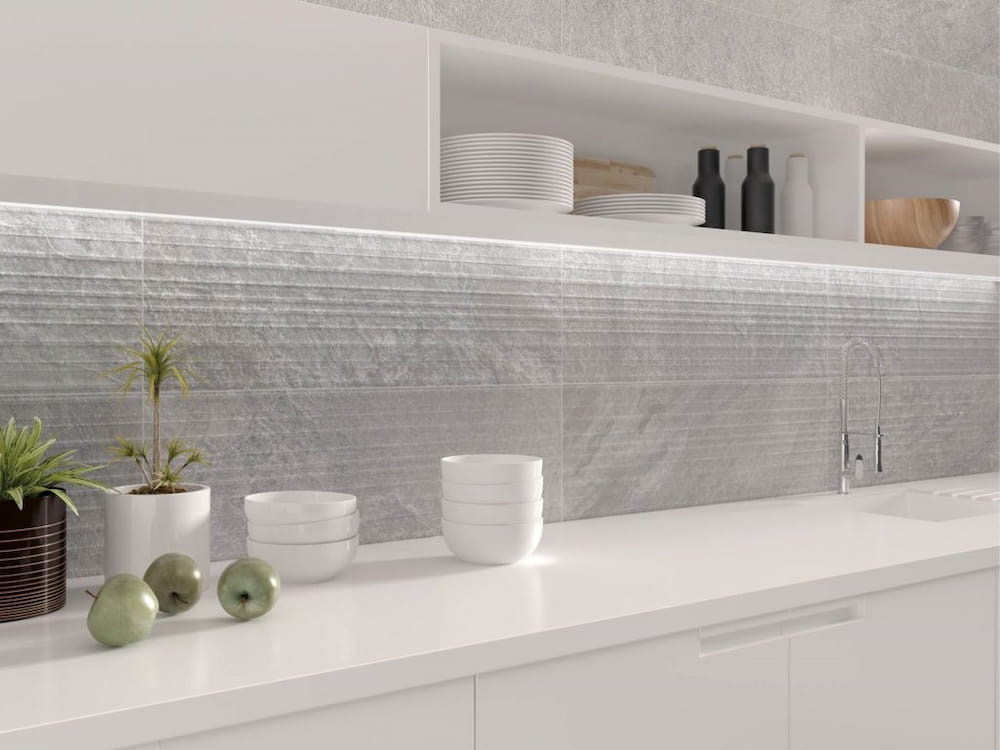
- Next: Endurance
Resistance to abrasion, resistance to bending, resistance to breakage, resistance to stains, and cleaning agents – these are absolutely essential parameters that we must take into account when choosing floors for shopping centers.
Abrasion resistance, marked with the PEI symbols/revolutions, is an indicator that, in the case of glazed tiles, will adapt best to floor coverings depending on the intensity of traffic in public spaces such as shopping centers.
The space is uneven – the area most vulnerable to wear is obviously the entrance area, where there is an abundance of abrasives including sand, clay, dirt, small stones, and sometimes even glass particles, which are brought into the hands of the galleries. guests. Footwear (even professional doormats can only collect a few impurities).
For those entrance areas and main thoroughfares in shopping malls, we recommend glazed ceramic tiles of the highest wear resistance – for example, PEI 5 / over 12,000 rpm, designed for floors subject to intense and continuous foot traffic, with a certain amount of dirt.
For areas of shopping malls exposed to particular stains, a better option is unglazed stoneware tiles, the deep wear of which has been determined. The more prestigious the gallery space, the better the tiles will be produced using the double loading technology.
This technology allows you to achieve a unique visual value (from any possible scratching of the surface over the years) while maintaining the longevity of the coating.
It should also be remembered that floors in shopping centers are usually cleaned mechanically, using heavy professional equipment with wheels that combine the functions of scrubbing, wet cleaning, drying, and polishing. The floors must withstand these indefinitely repeated treatments.
For less used commercial spaces (away from entrance areas and main thoroughfares), tiles with a PEI 4/12000, PEI 4/6000, or PEI 4/2100 rotation rating are usually sufficient. The bending/breaking strength is another parameter to consider.
The mall is not just for pedestrians. For example, they are increasingly becoming attractive showrooms for new models (not just personal cars). They are also widely used by parents with strollers, segways, and wheelchair users.
Heavy duty cleaners are responsible for deep cleaning floors. The floors of the galleries must withstand all these frequent extreme loads. The high quality ceramic coating and expert assembly will ensure years of durability.

shopping mall ceramic tiles
there are different tiles for the floor or wall of a shopping mall. Some believe ceramic tile is the only choice. Tile has been a tried and true building material for homeowners for years, and with good reason.
It is durable, easy to maintain, affordable, and available in a variety of colors and sizes. Unsurprisingly, all of these properties also make the tiles ideal for commercial use. A tile’s durability is probably the most important quality that contributes to its appeal for commercial use. Tile is similar to tile, but fired at a higher temperature, resulting in a very dense tile.
The increased density of the tile makes it very durable and resistant to chipping and cracking. Tiled floors in commercial spaces are often porcelain because they can withstand increased wear and tear from constant traffic and commercial use.
In addition to their durability, tiles are very easy to clean and maintain, two very important factors in a commercial setting. It is also moisture resistant and ideal for commercial spaces such as locker rooms, kitchens, and swimming pools.
Its low absorption rate resists bacterial growth and stains, ideal property for commercial kitchens. Metal tiles are also often used in commercial kitchens due to their hygienic properties, but porcelain is a better choice as it is scratch resistant.
Best of all, the tiles don’t need to be finished or sealed, and they don’t require special cleaners or tools to maintain their appearance. Overall, porcelain is extremely low maintenance.
Tiles are easy to maintain, which also makes them an economical option for commercial spaces, as there is no need to spend money on tile maintenance every few months or years.
Tile styles can also skillfully mimic the look of fine marble, stone, or wood. These similar alternatives allow commercial spaces to embrace the luxury of high-end finishes without the high price tag.
With porcelain wall tiles, you can achieve the look of a natural Carrara marble wall for a fraction of the price. Not only can commercial space designers save money on beautiful tiles, but they can also choose sizes, colors, and styles.
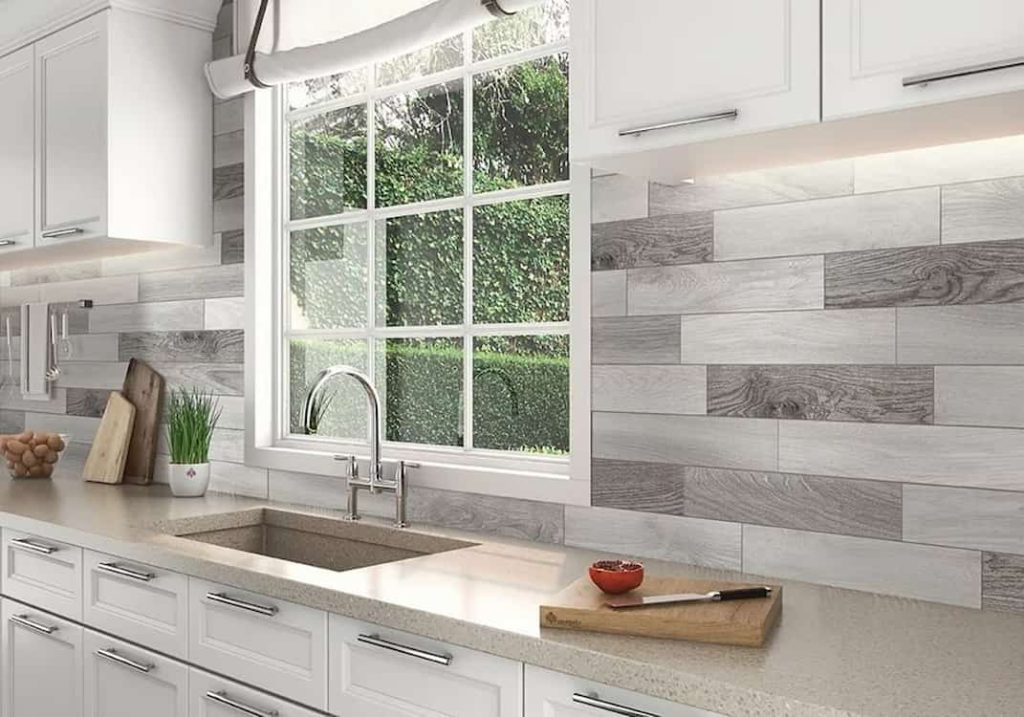
Tiles come in many forms, from small mosaics to elongated wall tiles. Due to its overwhelming popularity and wide variety on offer, you can find a tile to complement any space. Whether it’s floors, walls, or countertops, you can’t go wrong with tile in a commercial space.
It’s tough enough to withstand almost any abuse, easy to maintain, and economical, all without sacrificing style or aesthetics.
Tile floors are suitable for a range of light to medium commercial applications, from retail spaces to office spaces, healthcare facilities, and hotels.
Durable, easy to clean, and virtually maintenance free, tiles effortlessly combine beauty and function. Today’s tile patterns and colors are reminiscent of fine fabrics, natural stone, hardwood, and metallic materials, with a wealth of colors and textures to complement a range of design aesthetics.
Scored up to four points on the Porcelain Enamel Institute (PEI) wear scale, MSI tiles are as tough as they are stunning. From soft and rich to shabby and rustic, bring any space to life with the low maintenance aesthetic of porcelain.
A sought-after product for commercial flooring, full-body porcelain is offered in tile color with printed and glazed surfaces.
Ideal for light commercial applications, this superior engineering offers aesthetic appearance, increased durability, and best in class abrasion resistance. Our collection (PEI 3) is a full-body tile inspired by the monochromatic properties of concrete.
Cemento is available in large tiles, rectangles, and squares, which can be mixed and matched as needed. Available in six colors, MSI’s Dimensions collection brings an urban touch to any space.
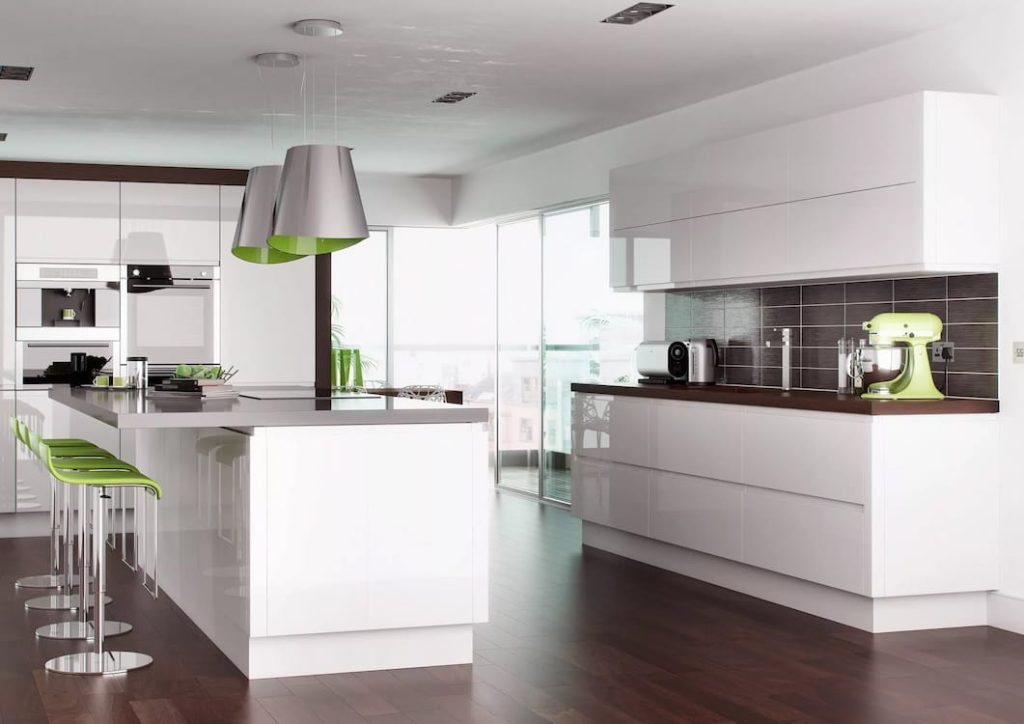
8×8 ceramic tiles selection guide
A selection guide can help you to find ceramic tiles of different sizes such as 8×8, 8×6, and 24×24 to name a few.
Choosing the right size tile goes far beyond what fits in the space. Some applications may have standard sizes and tile sizes commonly used in different places. But in reality, you can use multiple size options for various spaces in your home. Different tile sizes can affect the overall look of a space, enhancing the look and feel you want or reducing your intent.
The easiest way to choose the right size tile is to choose one that is relevant to the size of your space. Large areas like an open kitchen and dining room, or large living room will be able to handle large tiles.
Medium-sized spaces like bathrooms are suitable for medium-sized tiles, while small mosaic tiles are suitable for small areas. Start by measuring the space you want to tile by the length and width of the floor or wall.
Square Feet will help you create templates out of paper, allowing you to experiment with different tile shapes and sizes to create your favorite layout. When taking your measurements, consider the cabinets and countertops you need to work around, as well as any corners or kitchen islands on the floor.
Keep in mind that when laying the floor, large tiles will not give you enough flexibility and space to deal with the natural flow and structure of the floor. With large tiles, you need to take extra care to install them as evenly and horizontally as possible.
Different tile sizes create different aesthetics and affect how you feel in the room. Using one or two different sizes and shapes of tiles will create a sleek, streamlined look. Three or more different tiles will add complexity to the space and make it feel more compact.
Large tiles that are at least 12-18 inches wide or long can make a room appear larger. When you have a medium to large space that you want to tile, larger tiles will expand the space and make it feel more open.
Longer dimension lines of large rectangular or square tiles can extend a room, while fewer grout lines can also make the space feel more open and cleaner. Large tiles complement a large room and can make a small room feel bigger.
However, tiles larger than 18 to 24 inches can overwhelm small spaces, such as bathrooms or mudrooms.
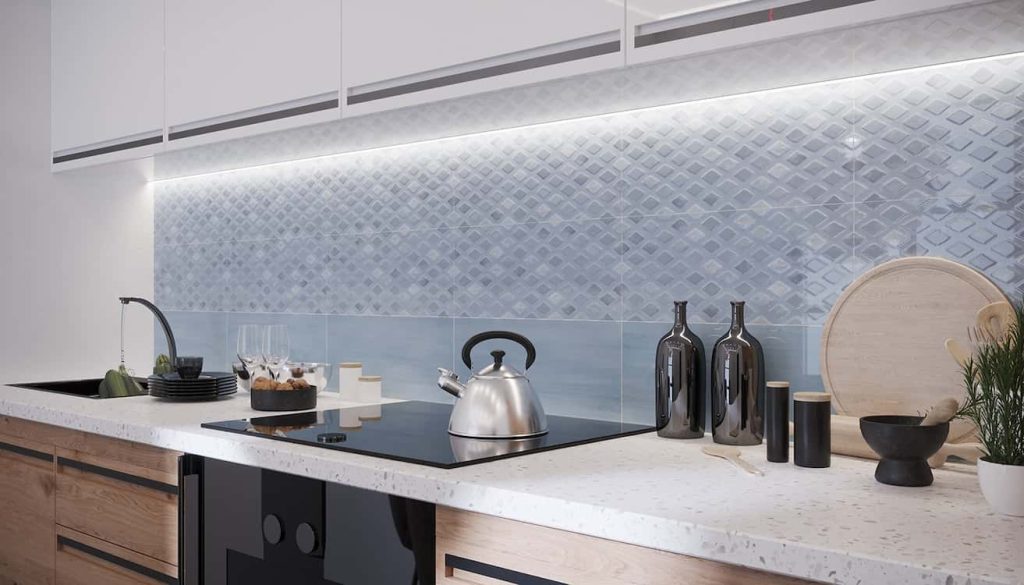
Depending on size, shape, and pattern, small tiles can add depth to a space, or add busy and shrink space to make it feel more compact. Linear and subway tiles can also add depth to a room and expand its appearance, especially in smaller spaces.
Linear tiles are also flexible in terms of layout. The horizontal row is classic, while the herringbone is more stylish and elegant. When placed horizontally, plank tiles can make a kitchen or hallway appear wider.
Small tiles, such as honeycombs and micro squares, are great for small spaces like bathrooms, rather than installing more complicated large tiles that can lead to awkward cuts that can result in tiles of all sizes.
Large tiles used in small spaces will not flow or look as consistent as small tiles, which will be able to fit seamlessly into compact features like sinks. Neutral-colored tiles with matching grout colors can blend lines even if small tiles come with more grout lines.
You can also use small tiles to create borders around larger ones to make the space cozier, add interest and create the illusion of a rug. Larger tiles have fewer grout lines, creating a cleaner look, while smaller tiles have more grout lines, adding complexity and visual texture to the tile.
If contemporary aesthetics are important to you, using larger tiles will provide that look.
If you don’t want something modern and sleek, medium subway tiles will create a less trendy look that strikes the perfect balance between classic style and fresh glamour, while small mosaic tiles will give a busier, more sophisticated look. Also, the grout color can affect the space.
Choose a grout color that is the same or similar to the tile color for a seamless look. Larger tiles are best used for kitchen, living, and dining floors to open up and expand the space.
Small to medium tiles look great on kitchen backsplashes, wall art, and when adding borders and edges. With more grout lines, little tiles are an extraordinary choice for showers since they include more traction and slip resistance.
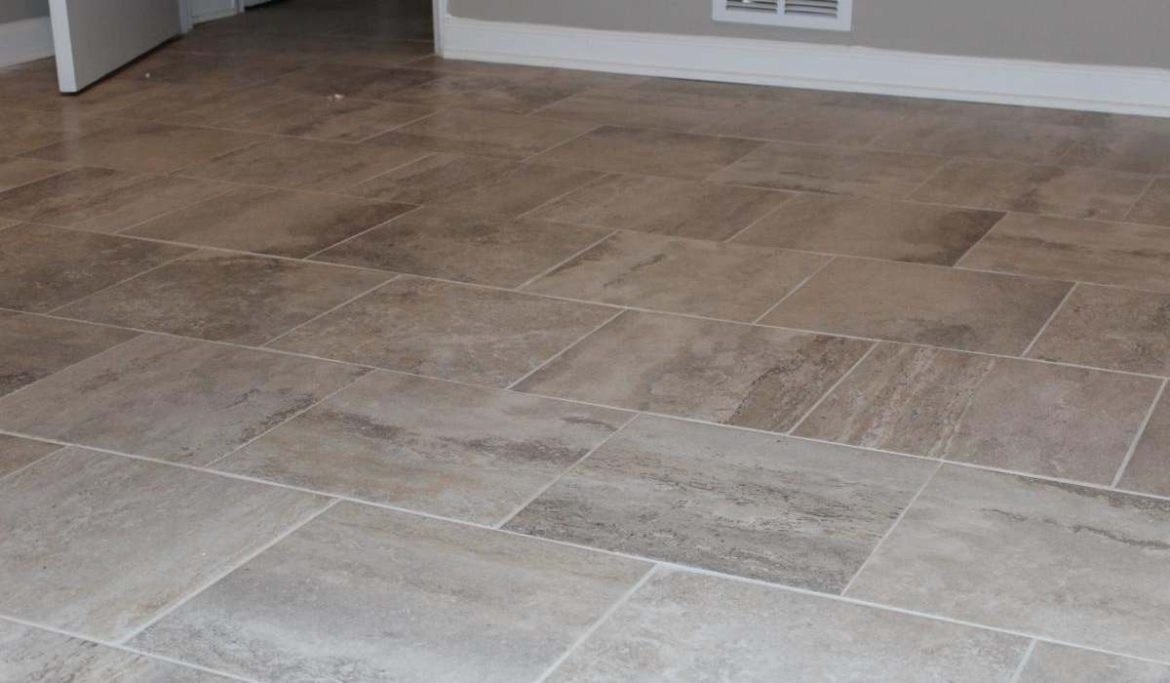
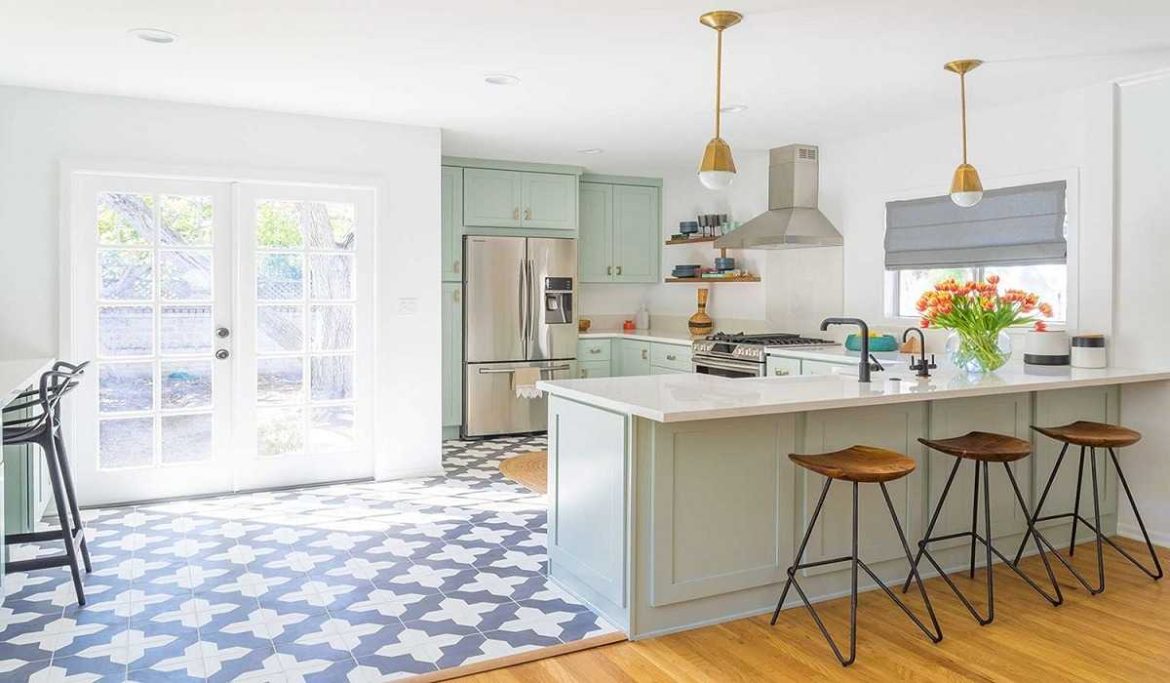
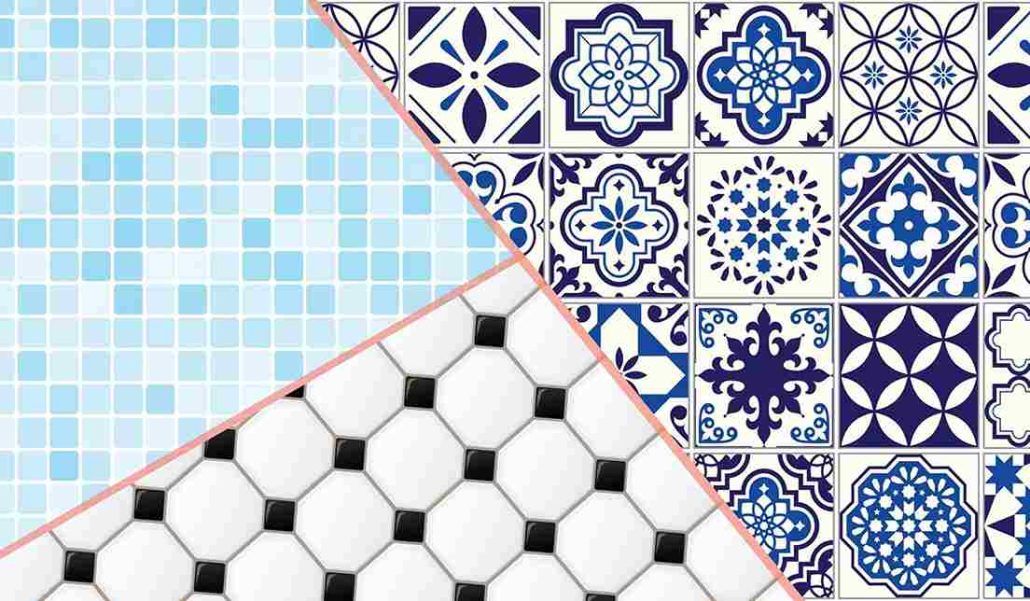
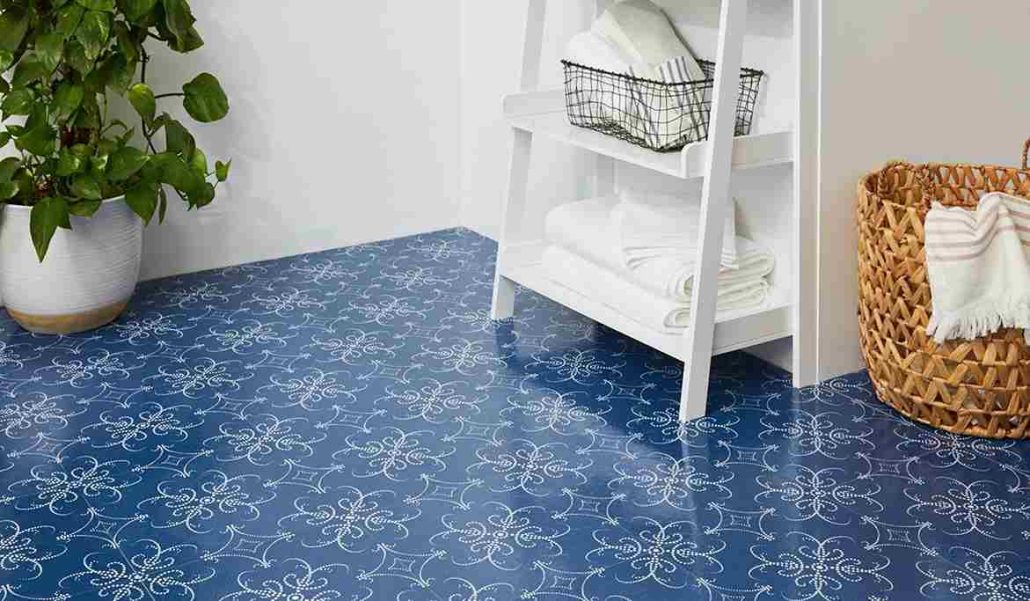

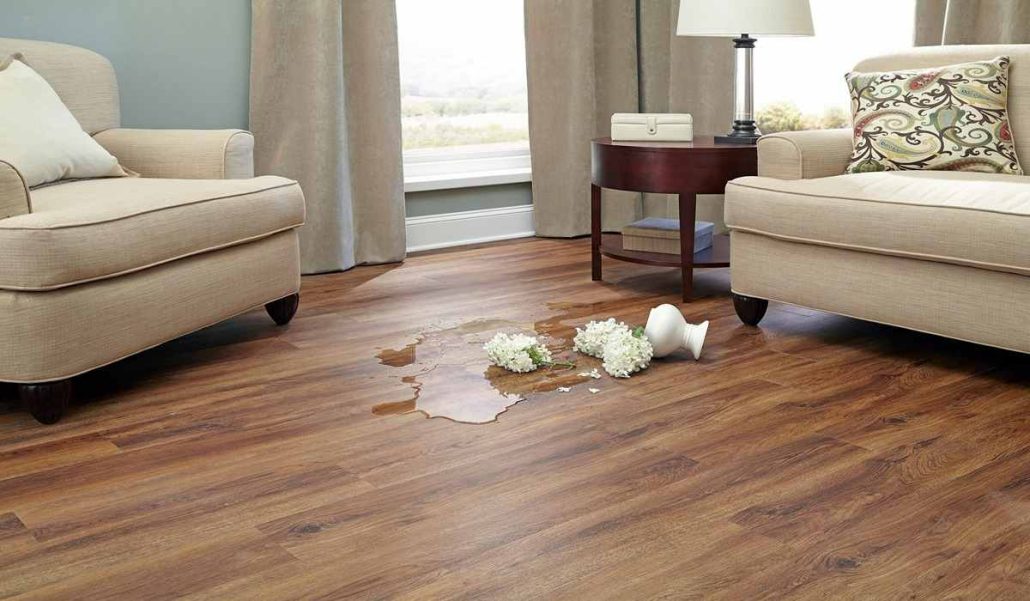
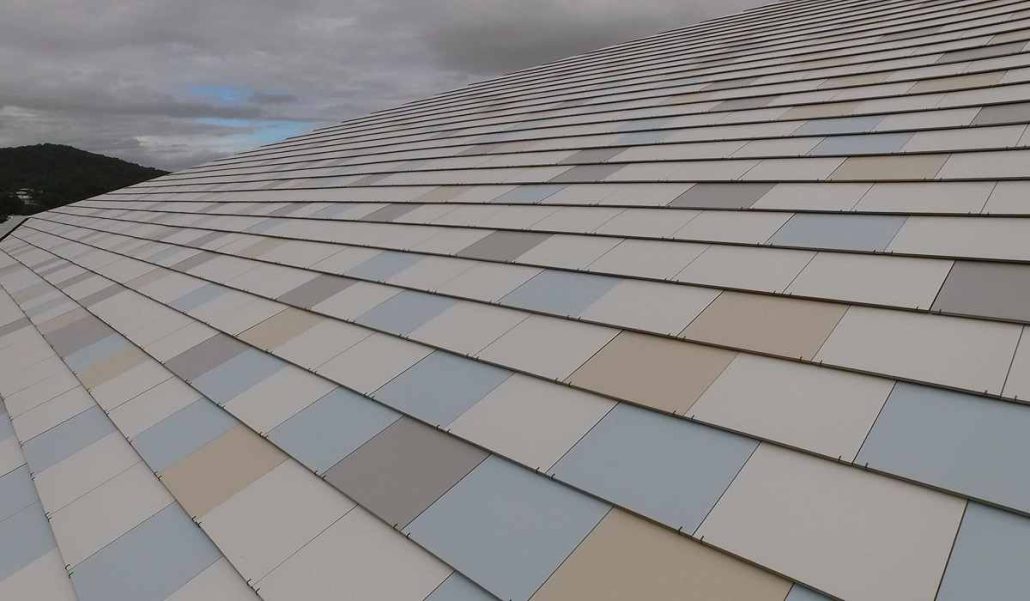
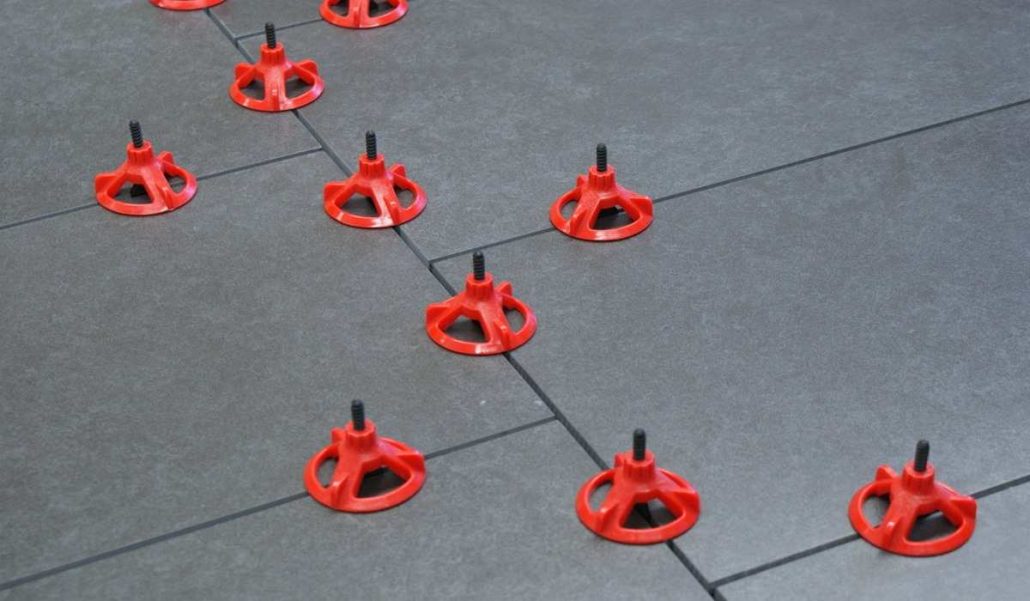
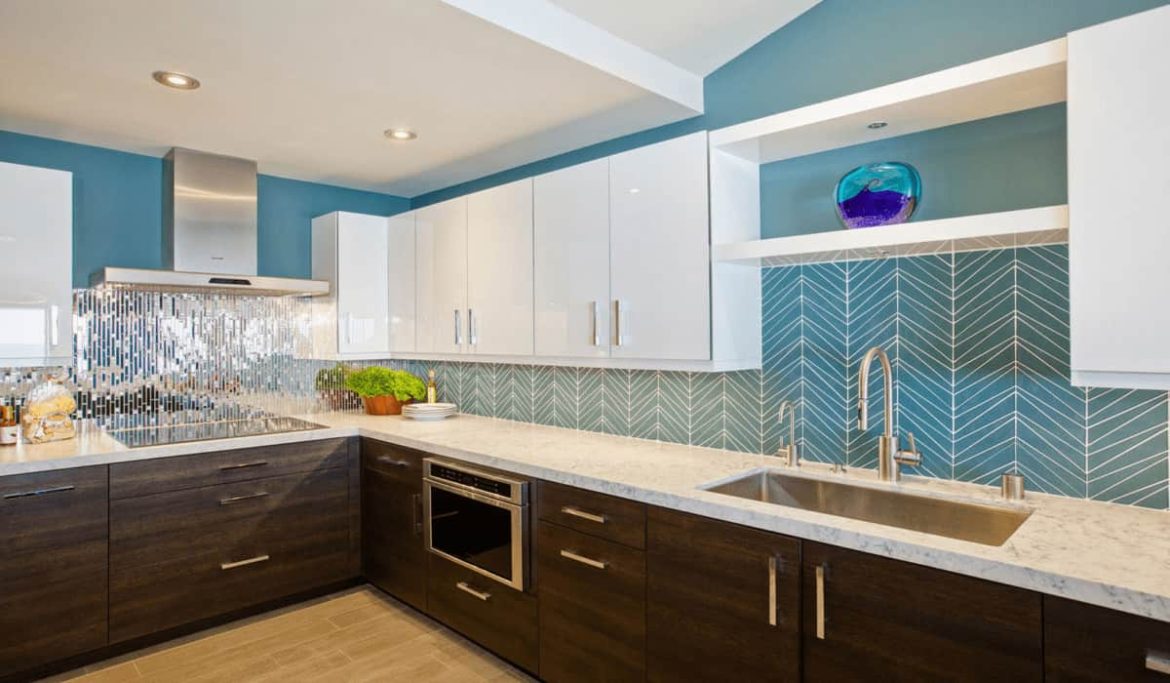
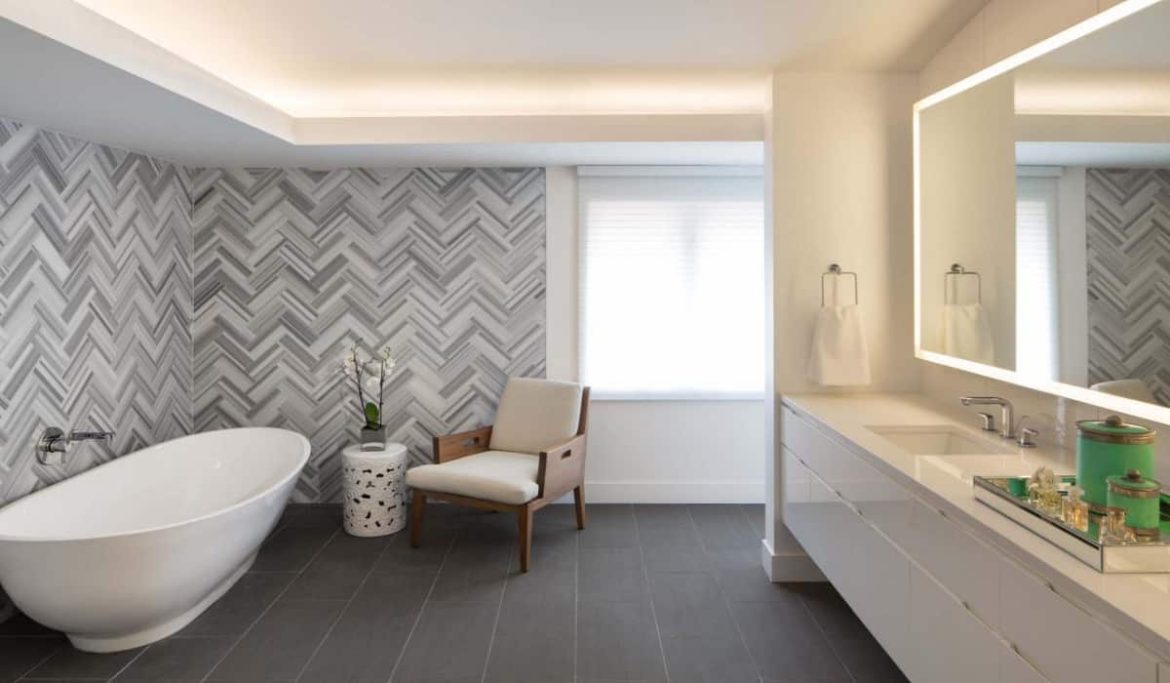
Your comment submitted.